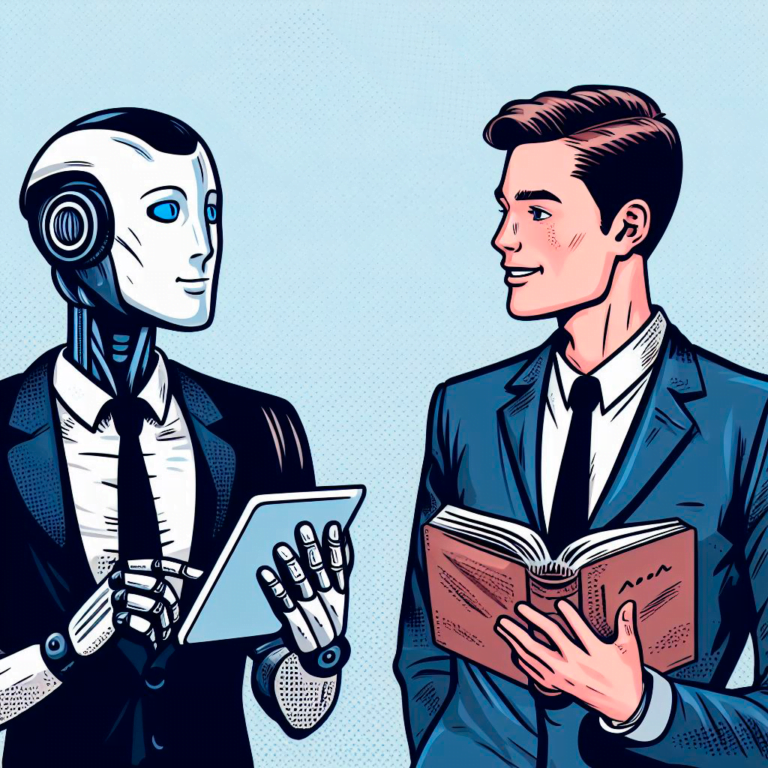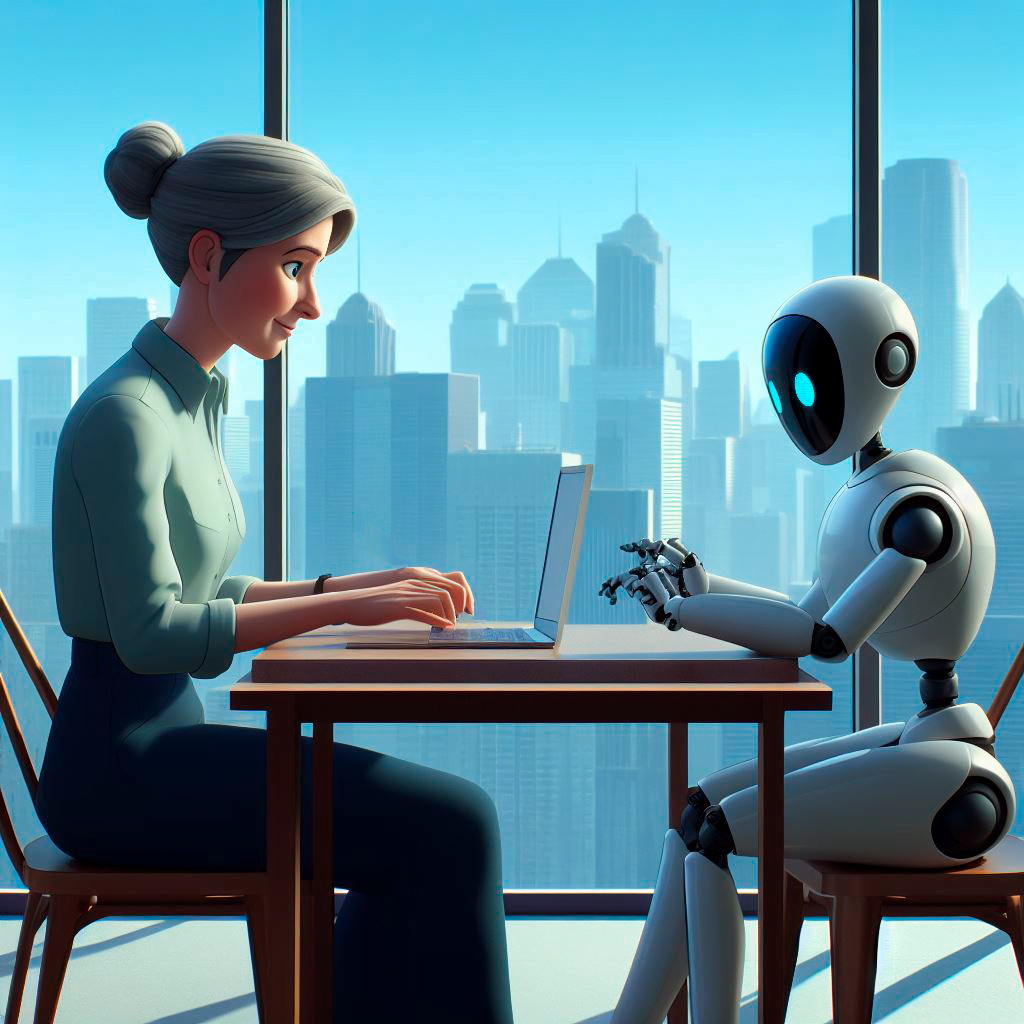Have you travelled to a foreign country and struggled with communicating with the locals? Or tried to read a document in a language you don't speak? It can be frustrating and confusing. The same applies when you run a business.
In today’s face paced world, brands want to extend their market. Still, managing a transnational business can be tasking as the dialectal boundary poses a barrier to customer engagement. Human and Machine Translation (MT) are the two alternatives business owners consider when trying to bridge the gap between their consumers, partners, and suppliers.
But, how do you choose the right option for your brand? Should you rely on human expertise or AI efficiency? It's a complex question with no easy answer. Human vs. machine translation, let’s shed some light on their strong points and drawbacks.
Advantages and Disadvantages of Human and Machine Translation
Technically, as today’s big data world evolves, brands have to adapt advanced technological solutions to stay competitive. Yet, most people believe that engaging humans offers more benefits than AI texts in consistency, accuracy, context, and nuance. So, between AI texts and engaging a professional human translator, which should brands engage?
Speed
Humans can complete approximately 2,000 to 3,000 translated words daily, which means it may take several days or weeks to complete large projects. On the other hand, AI systems can decipher a large amount of text in a matter of seconds or minutes. It’s downright impressive.

Cultural References
While machines are speed maniacs, it comes at a cost – possible loss of accuracy and quality.
MT systems struggle with accurately capturing language complexities. Hence, cultural references may be lost in context, resulting in creating a text inappropriate for the new market. In contrast, an expert can easily recognize cultural references and idiomatic vocabularies, allowing for more scrupulous content. This is one reason why human translation is better.
Context
When MT systems struggle with accurately capturing cultural expressions, it also means they can’t grasp the context behind most terminologies and expressions.
Professionals comprehend linguistic nuances. They recognize the connotations and implications of each term no matter the language boundary. Then, they take into account the context and tone of a piece of writing difficult for machines to decipher, which helps them create higher-quality content that does convey the intention of the source text.
Cost
Meanwhile, MT is budget-friendly, especially for a larger volume of text. If you need high-quality text that accurately conveys the intended meaning, you may need to invest in a human translator.
Trends
When it comes to the trends, it’s a bit of a mixed bag.
MT consumption has risen in recent years, especially since AI systems have advanced to offer more reliable translations than ever before. Most brands use them because they are quick and convenient. But, it doesn’t mean that humans are less in demand. People engage expert translators for sensitive and complex content since they give a text an emotional edge.
Conclusion
Machine and human texts have their place in today’s digital market. While AI systems are faster and more economical, engaging a professional human translator means you can get accurate texts and can convey the intended meaning of a word. However, whichever business owner chooses will depend on the brand’s specific needs. If you need high-quality human translation services, you can get one today. Contact us to help your business connect with your global audience with ease.
















